The UK government has appointed Blaise Metreweli as the first-ever woman to head its MI6 spy service as the country faces "threats on an unprecedented scale", Prime Minister Keir Starmer announced on Sunday.
The MI6 Secret Intelligence Service (SIS) achieved global fame through Ian Fleming's fictional agent James Bond.
Metreweli will be the 18th head of the service, Starmer's Downing Street office said in a statement.
"The historic appointment of Blaise Metreweli comes at a time when the work of our intelligence services has never been more vital," Starmer said.
"The United Kingdom is facing threats on an unprecedented scale -- be it aggressors who send their spy ships to our waters or hackers whose sophisticated cyber plots seek to disrupt our public services," he added.
The MI6 chief is the only publicly named member of the organisation and reports directly to the foreign minister.
The person in the post is referred to as "C" -- not "M" as in the James Bond franchise, which already had a woman, played by Judi Dench, in the role.
Metreweli will take over from outgoing MI6 head Richard Moore in the autumn.
Currently, she is MI6's director general -- known as "Q" -- with responsiblity for technology and innovation at the service, the statement said.
She is described as a career intelligence officer who joined the service in 1999 having studied anthropology at Cambridge University.
Metreweli held senior roles at both MI6 and the MI5 domestic intelligence service and spent most of her career in "operational roles in the Middle East and Europe", the statement added, without giving further biographical details.
The appointment comes over three decades after MI5 appointed its first female chief.
Stella Rimington held the position from 1992-1996, followed by Eliza Manningham-Buller from 2002-2007.
The UK intelligence and security organisation GCHQ appointed its first woman chief, Anne Keast-Butler, in 2023.
har/rmb/rlp
© Agence France-Presse


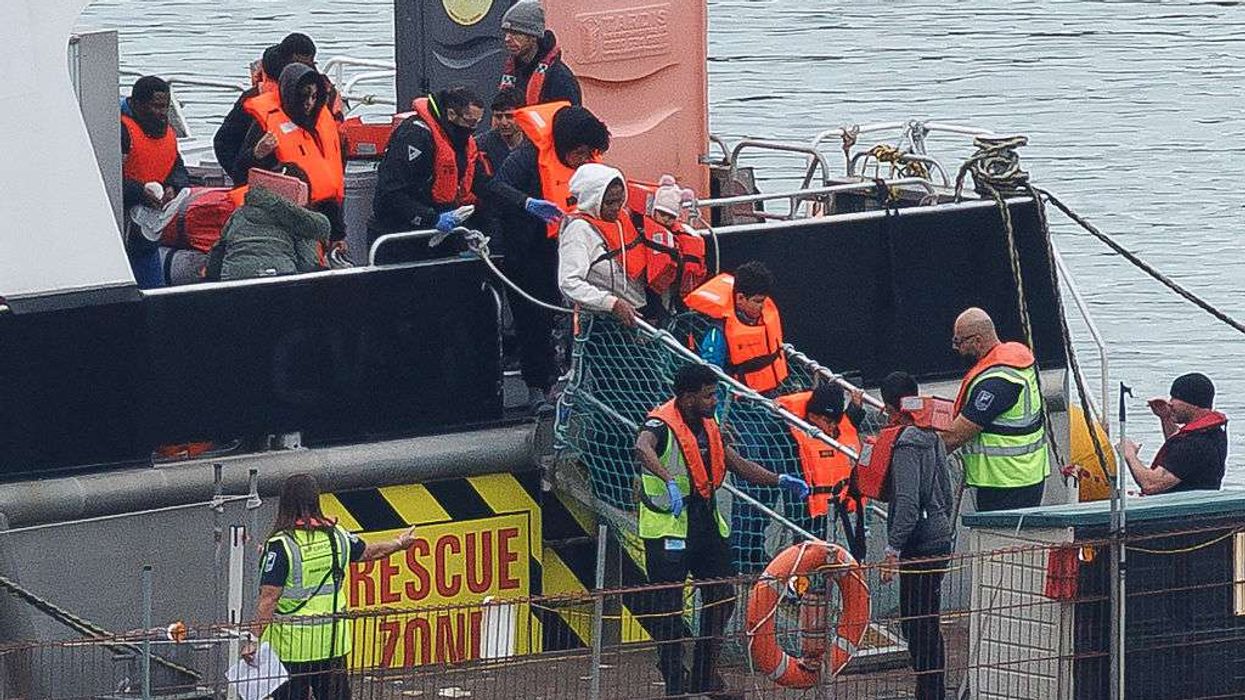
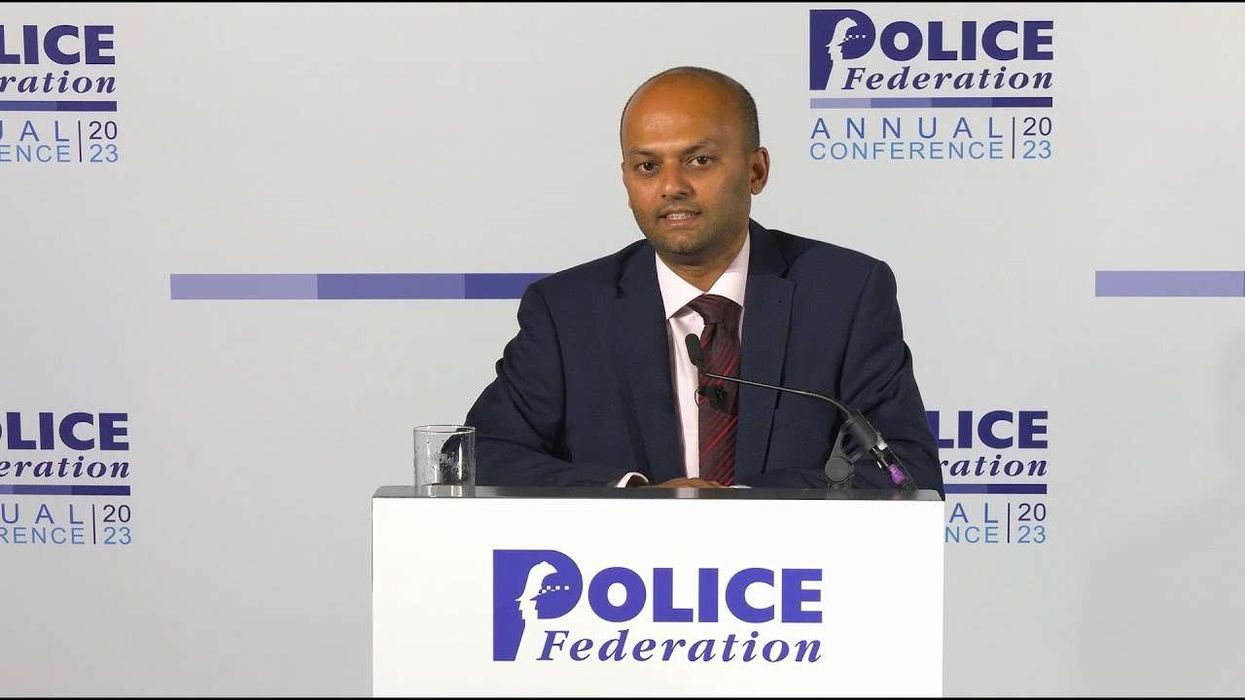
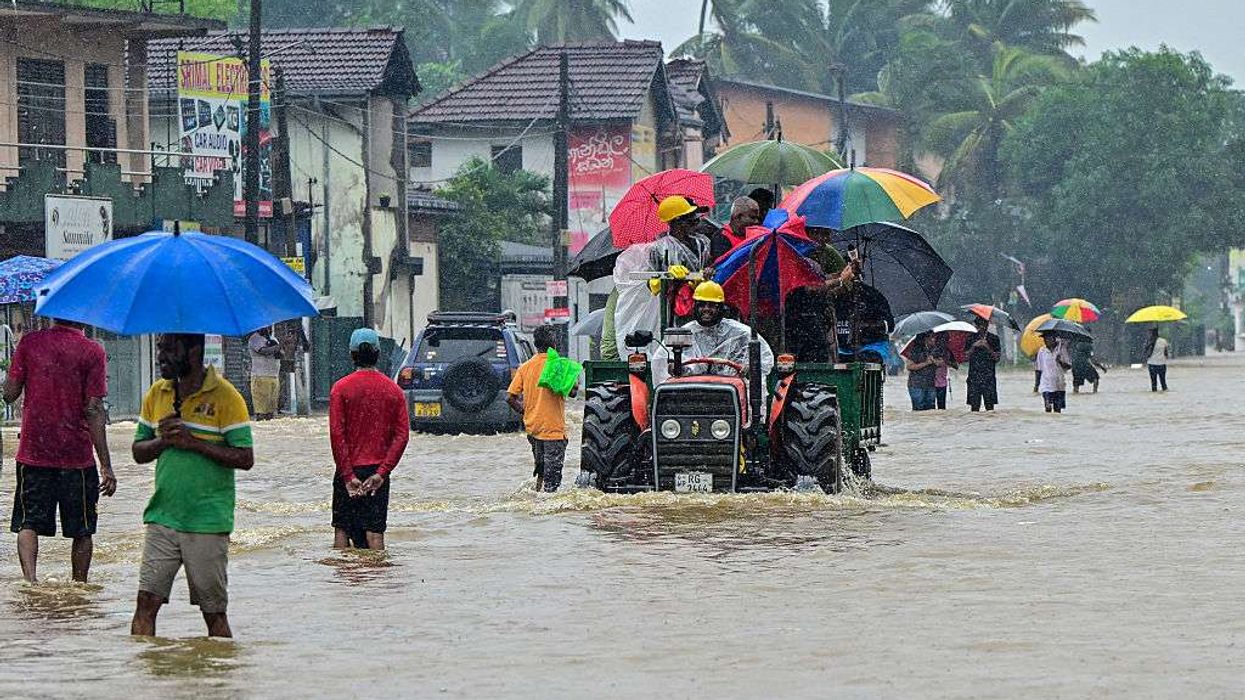
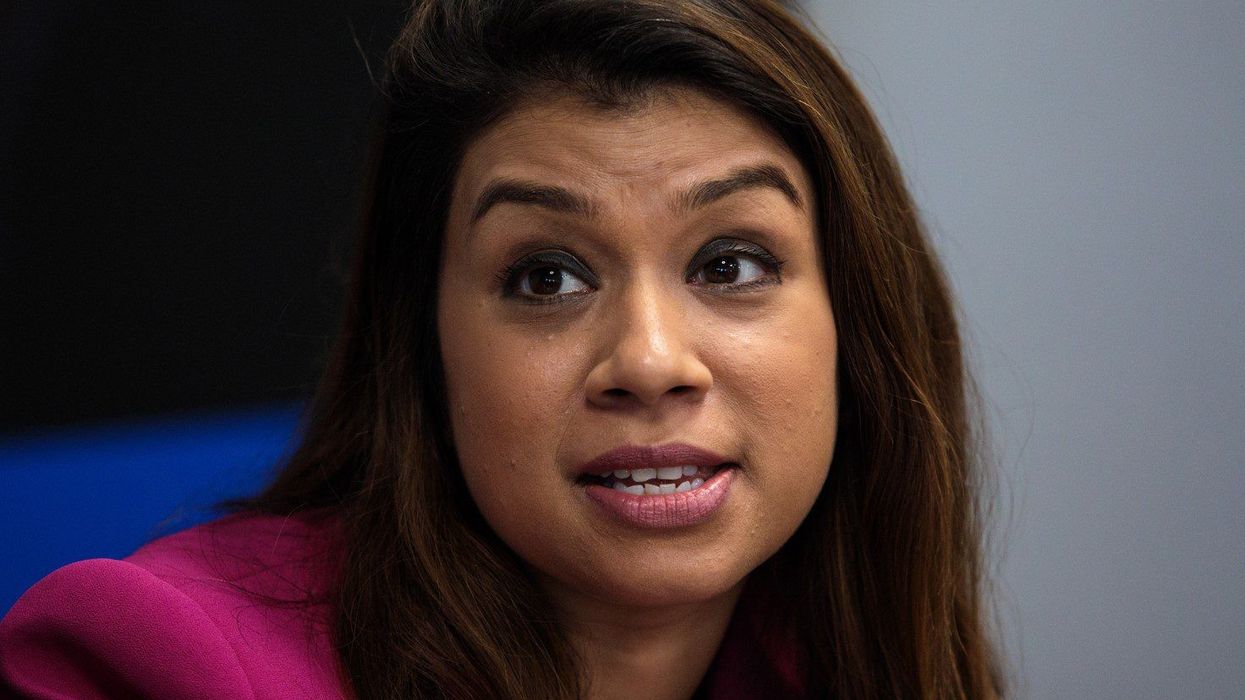
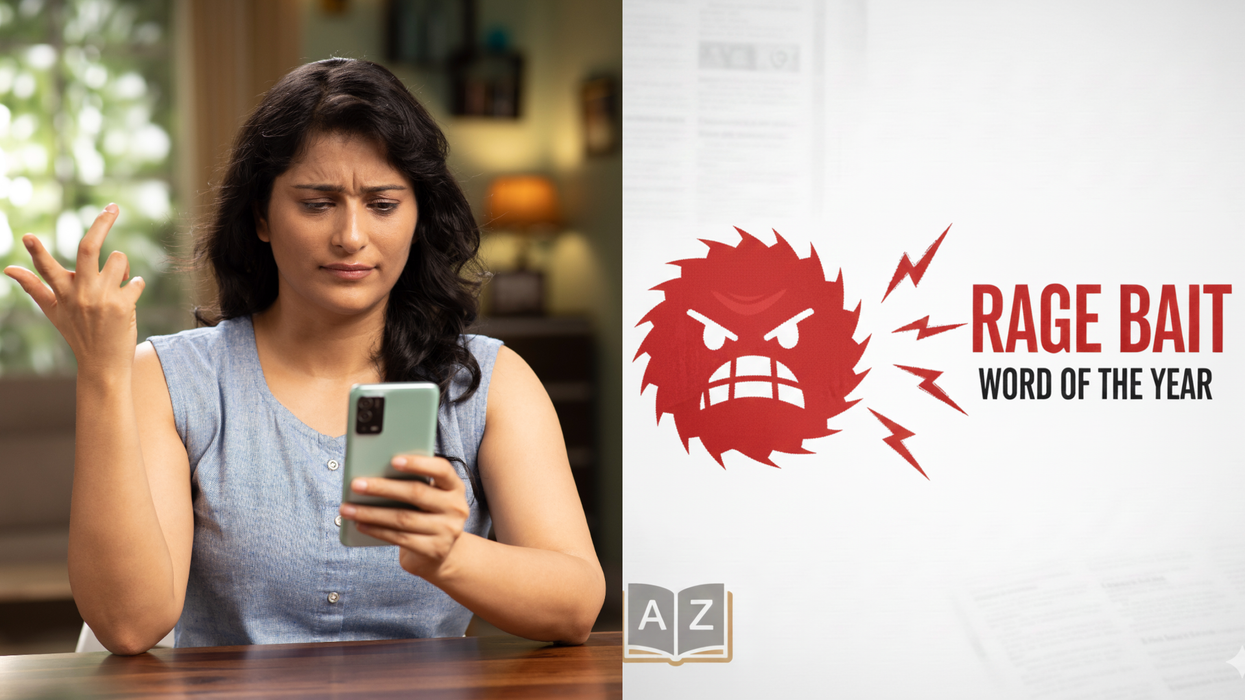
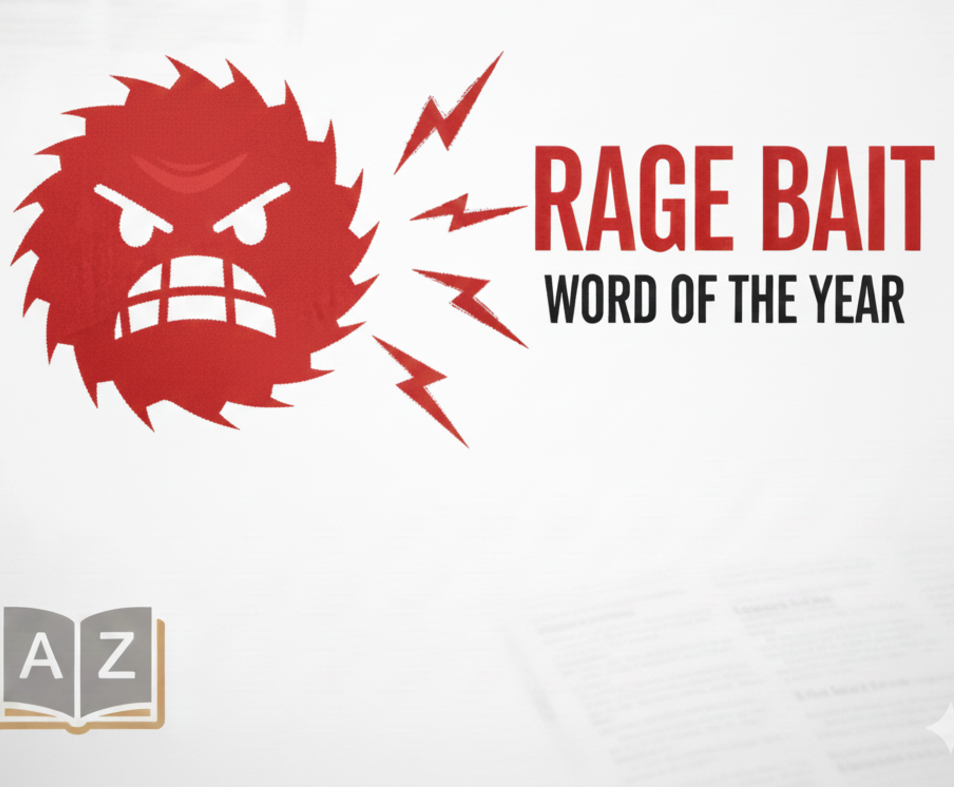 Rage bait isn’t just clickbait — it’s Oxford University Press’ word of the year for 2025 iStock/Gemini AI
Rage bait isn’t just clickbait — it’s Oxford University Press’ word of the year for 2025 iStock/Gemini AI 
 Online Trends iStock
Online Trends iStock Rage bait isn\u2019t just clickbait \u2014 it\u2019s Oxford University Press\u2019 word of the year for 2025 iStock/Gemini AI
Rage bait isn\u2019t just clickbait \u2014 it\u2019s Oxford University Press\u2019 word of the year for 2025 iStock/Gemini AI 






